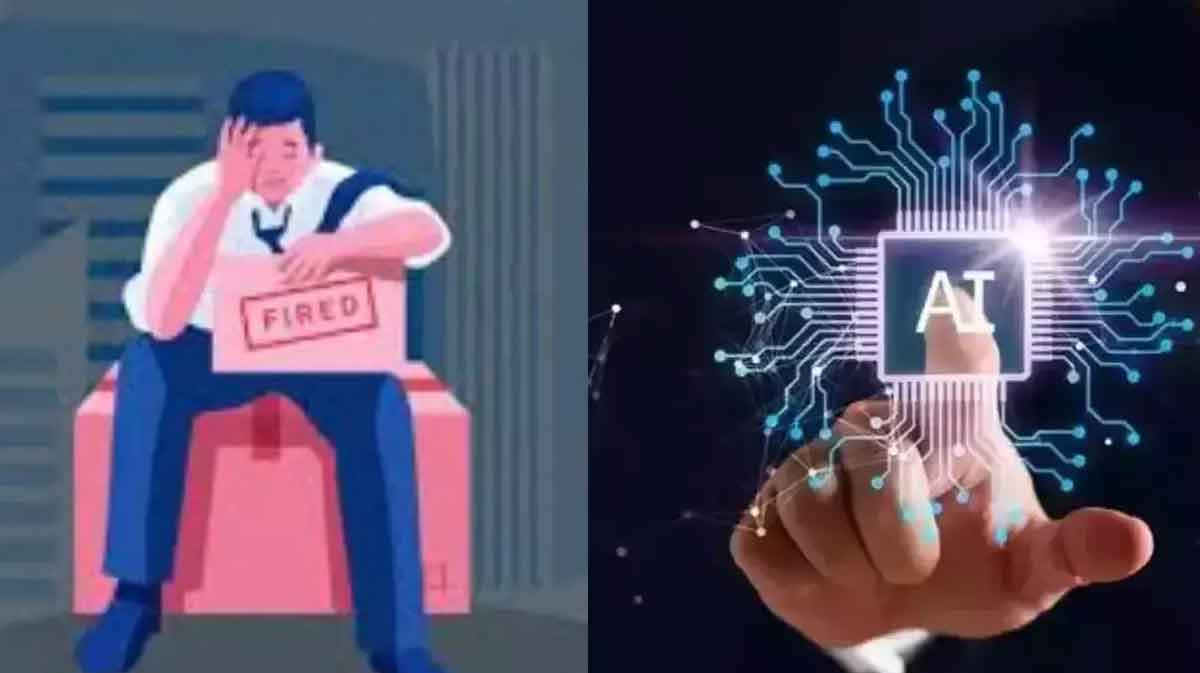As workplace dynamics evolve with trends like “quiet quitting” and “rage applying,” another approach, dubbed “silent firing,” is emerging. This trend involves companies subtly encouraging employees to leave by making job conditions more demanding, often paving the way for artificial intelligence (AI) to take over their roles. Here’s a closer look at what “silent firing” means, how it’s impacting the workforce, and the potential role of AI in reshaping jobs.
What is Silent Firing?
“Silent firing” is the practice where companies impose stringent work conditions or add requirements that make it challenging for employees to remain in their positions. Unlike direct layoffs or traditional firings, this method pressures employees to leave on their own, thus avoiding the costs and processes associated with severance packages. Often, this tactic leads to these positions being gradually automated, as companies find ways to replace human workers with AI-driven alternatives.
This tactic has reportedly been seen at large companies, including Amazon. George Kailas, CEO of Prospero.ai, notes that Amazon’s mandate for employees to return to the office five days a week has left many workers dissatisfied, with one survey indicating that 73% of Amazon employees were contemplating leaving. This policy, Kailas argues, acts as a “silent firing” strategy, as it decreases retention while cutting severance costs.
Can AI Truly Replace Human Workers?
The rise of silent firing raises critical questions about AI’s potential to fully replace human jobs. Economist and MIT professor Daron Acemoglu cautions that only a limited percentage—around 5%—of jobs could be effectively replaced or supported by AI over the next decade. He asserts that while AI can assist in specific tasks, its capacity to entirely replace human roles is constrained. Many jobs require nuanced judgment, empathy, and reliability, qualities AI has yet to match fully.
The Growing Concerns Around AI and Workplace Culture
As the shift towards AI and automation continues, concerns about job security are on the rise. Younger generations, such as Gen Z and millennials, already express dissatisfaction with work-life balance and income inequality, leading to a trend called the “Great Detachment,” marked by a notable decline in employee engagement. This disengagement reflects broader anxieties about job stability in an AI-driven world, with about 30% of workers reportedly not actively engaged at work.
Adapting to an AI-Integrated Future
“Silent firing” reflects a broader trend where companies are subtly adjusting to the age of AI by encouraging attrition rather than outright layoffs. For employees, understanding these shifts is crucial, as is building adaptability to stay relevant in an evolving job landscape. As AI continues to develop, companies and workers alike must balance technological advancements with sustainable employment practices that prioritize both productivity and employee well-being.
(With inputs from agencies)





